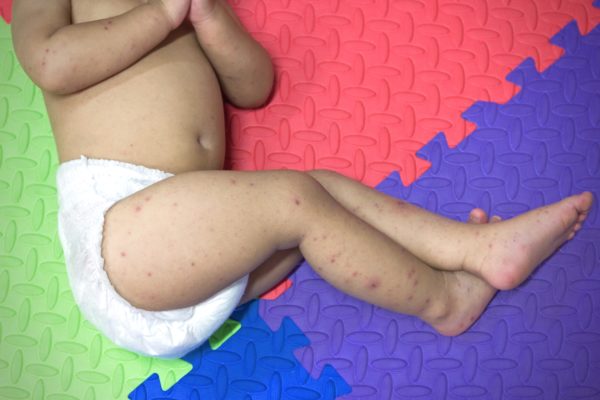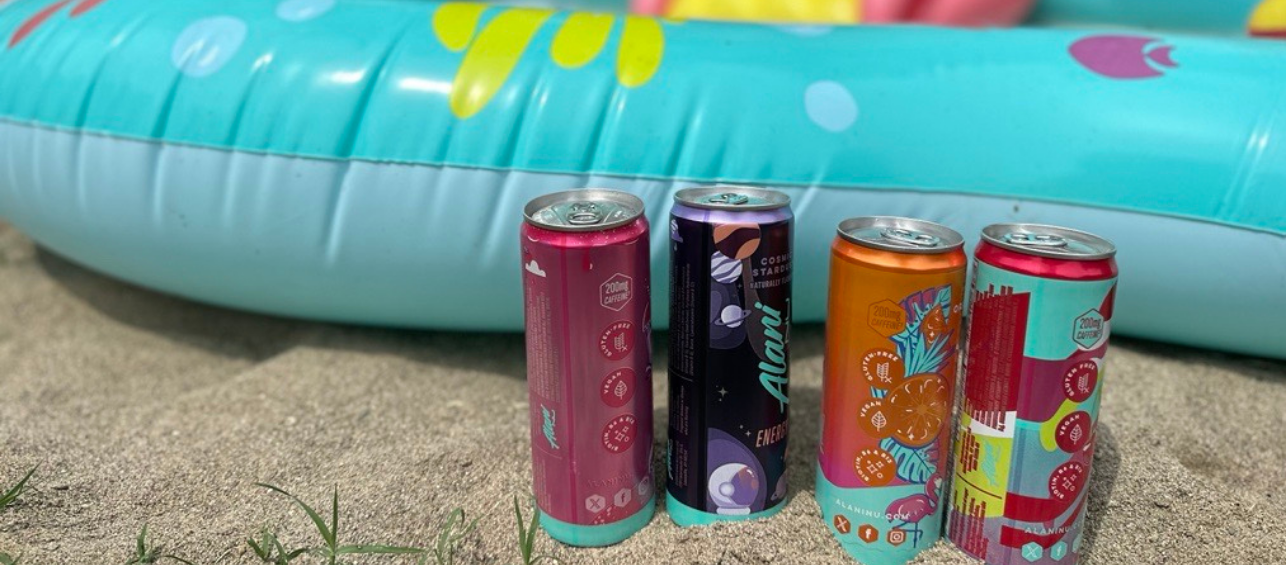Hand, Foot and Mouth Disease (HFMD) is an illness that is both common and treatable. It can also be scary for parents because it usually affects young children and often starts with a high fever and rash. It could also be the name – Hand, Foot and Mouth Disease just sounds like something you really want to avoid!
What is it?
HFMD is caused by a virus and typically starts as a fever and rash. The rash is most commonly found on the hands, feet and inside the mouth, but it can also be found on other places, especially in the diaper area. Kids can also experience high fevers and mouth pain that affects their ability to eat and drink.
This illness usually peaks in summer and early fall and typically affects children who are five years and under. One of the frustrating things for parents about HFMD is that it can be caused by different viruses—which means your child could get it again.

Your child has been diagnosed, now what?
Once a child has been diagnosed, it is very important to watch his/her fluid intake very closely. You will want to keep track of how frequently your child is urinating each day. You want to make sure your child urinates at least once every eight hours. If you’re noticing that your child is going longer than that without urinating, it’s time to call the doctor. Other signs of dehydration include a dry mouth, cracked lips and crying that doesn’t produce tears.
Don’t be overly concerned if your child is not eating solid foods as usual. This illness can make kids feel pretty rotten and that, along with sores in the mouth, will likely keep them from eating things they normally would. It is most important to push the fluids!
How is it treated?
HFMD is a virus so antibiotics won’t help. We use Tylenol or Ibuprofen to help kids deal with the pain. There are also some different mouthwashes that have Benadryl and Maalox/Mylanta in them that can be used to help ease the pain for kids who develop mouth ulcers.
Kids respond differently
Viruses often impact people in different ways and that’s also the case with HFMD. Some kids will have mild cases that barely slow them down. Other kids have to be hospitalized because they’re severely dehydrated.
Parents CAN get it
By the time you’re an adult, you’ve probably had most of the viruses that can cause HFMD—which gives you more immunity to it than your child, but it doesn’t mean you can’t get it.
Avoid the spread
Across the board, good hand-washing is key to limiting the spread of illnesses. If you have more than one child, you’re going to want to make sure the sick child isn’t sharing utensils or drinking from the same cup as your other kids. You should also use a sanitizer to wipe down toys more than you regularly do.
Even long after your child’s symptoms have resolved, the virus is still being shed in his or her stool, and it can also still come out in respiratory droplets. However, this does not mean that your child cannot return to school or daycare.
When can she or he go back to school or daycare?
As long as your child is fever free, acting normally and doesn’t have draining blisters, she or he is fine to go back to school or daycare. It may take up to 7 days for all of the blisters to dry up.

Things to know
As your child recovers from the illness, you may see some skin peeling from the parts of the body that had the rash. Also, in about four percent of cases, your child’s fingernails and toenails may fall off several weeks after she or he had the illness. However, these nails will eventually grow back and look normal.
The most important take away point with HFMD is to keep your child comfortable with good pain control and monitor hydration closely.





